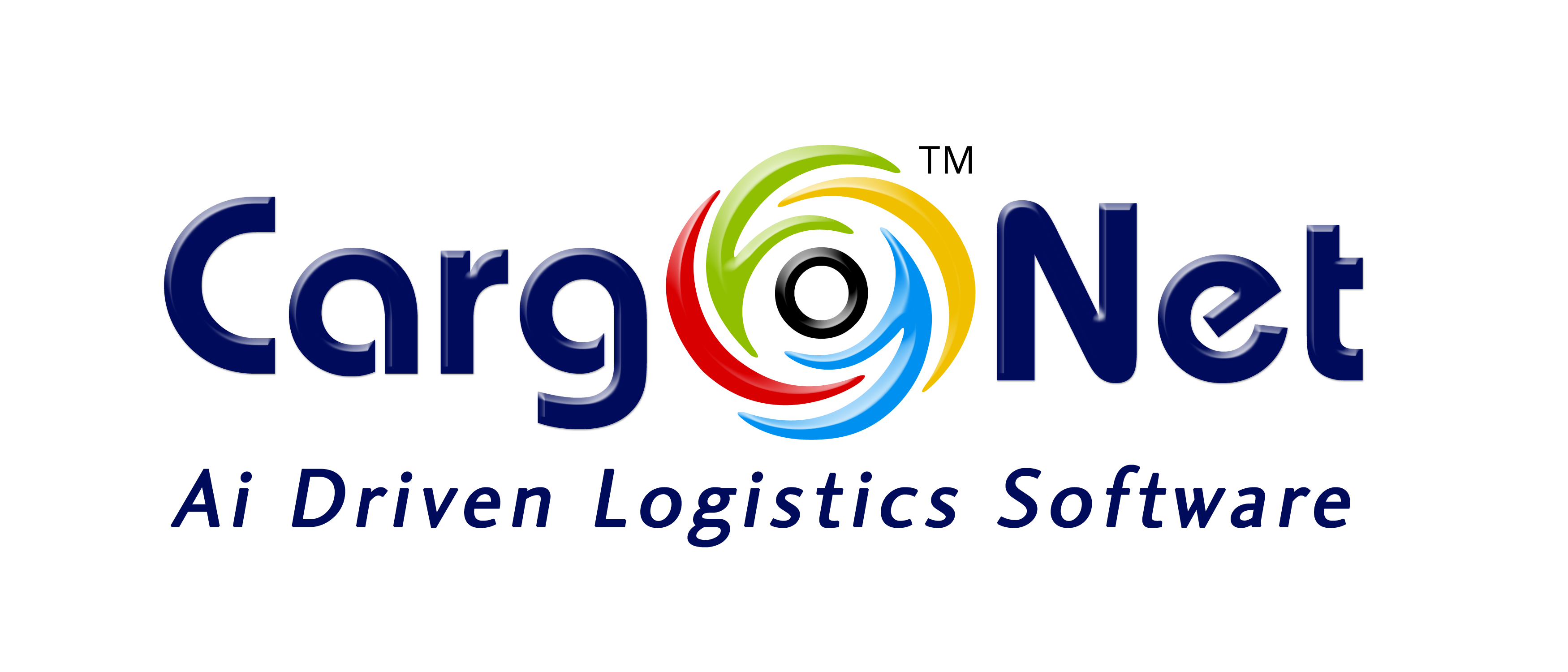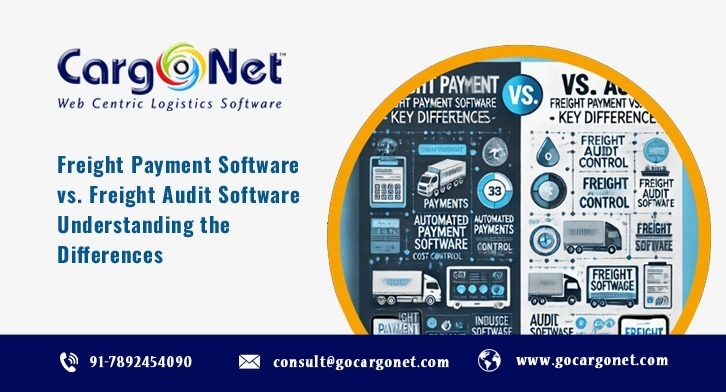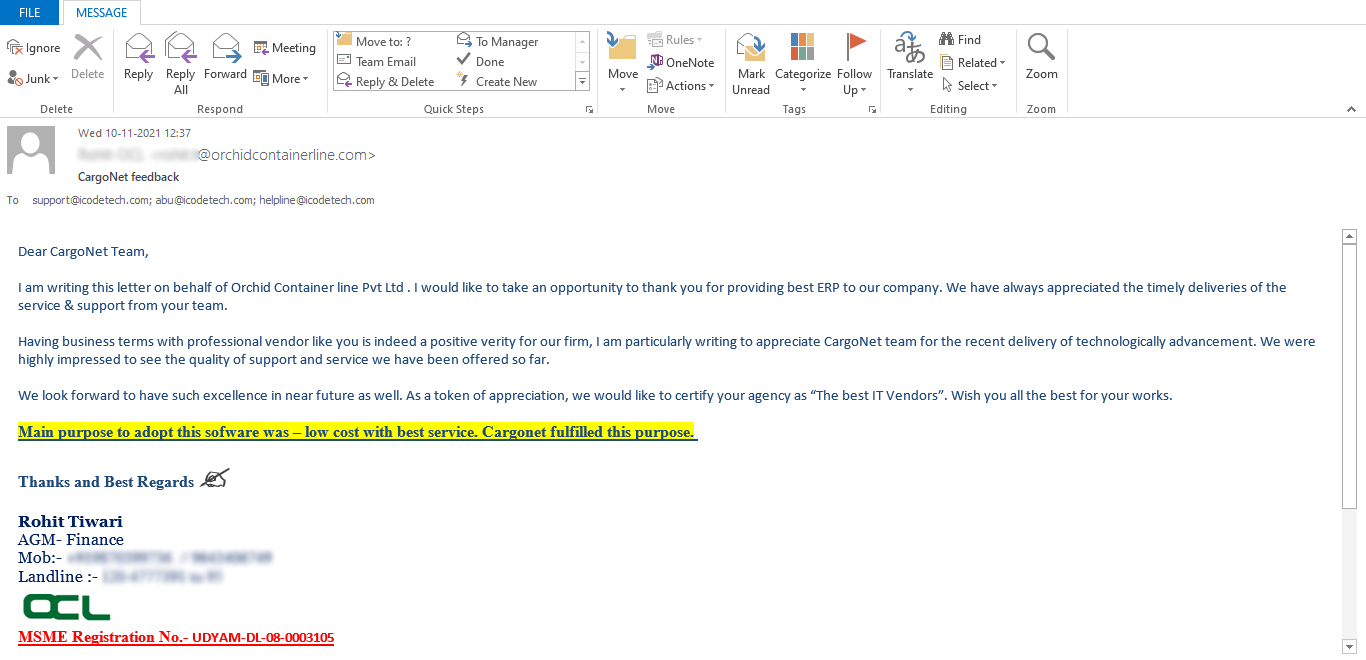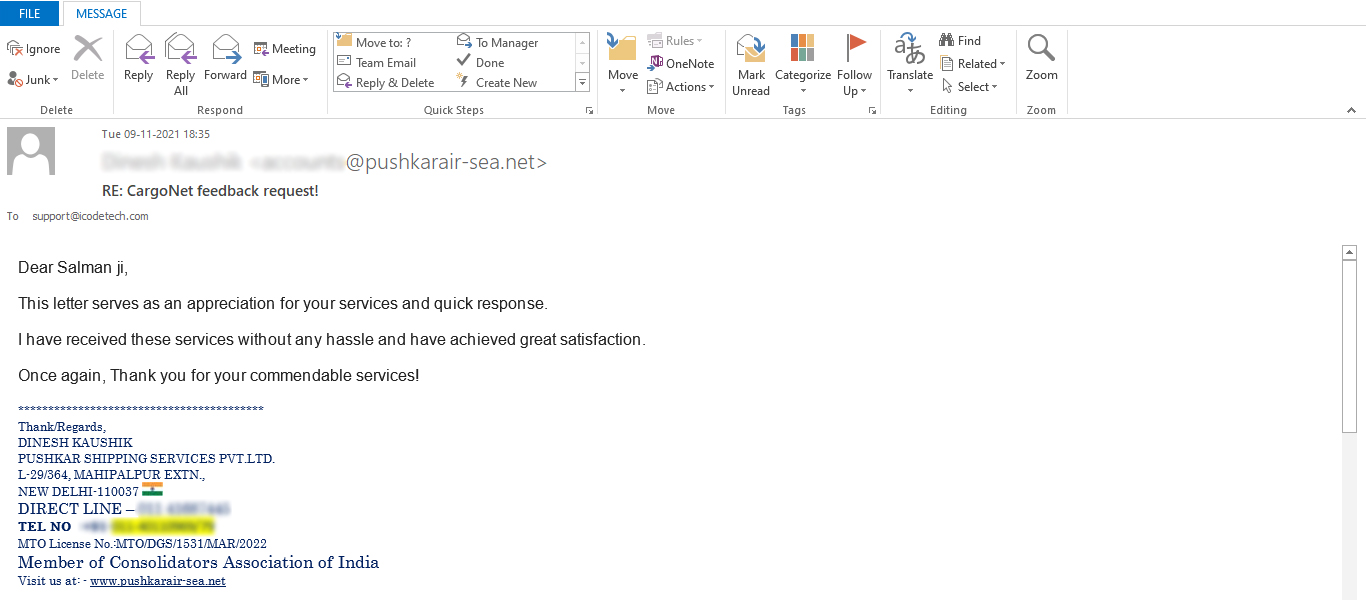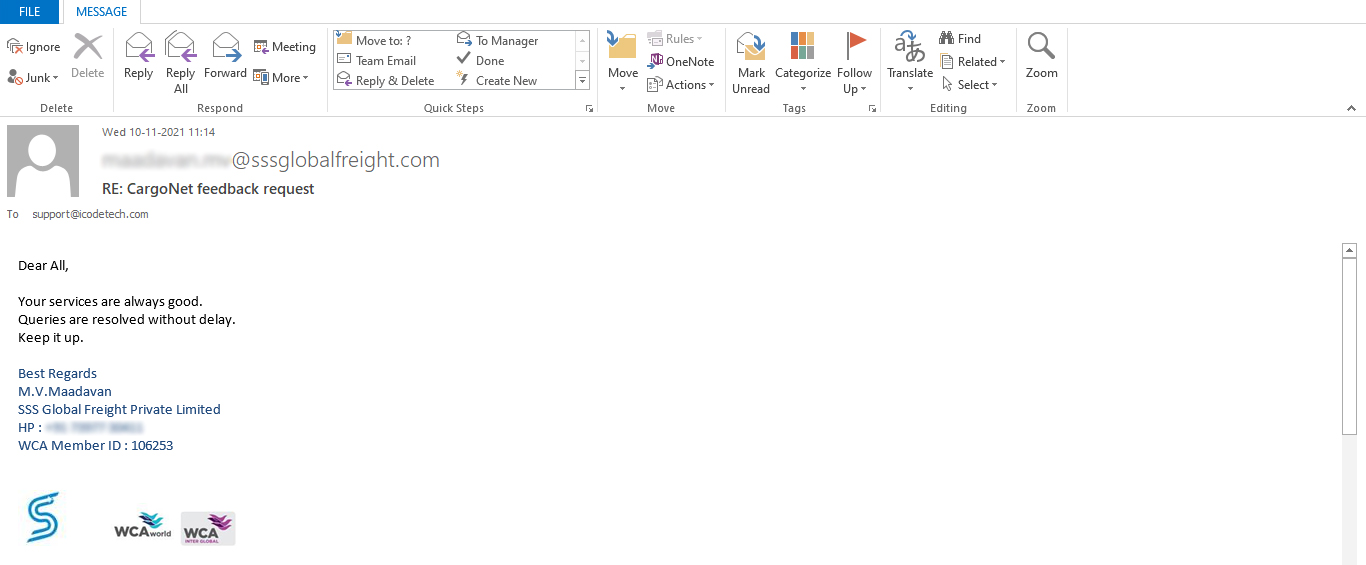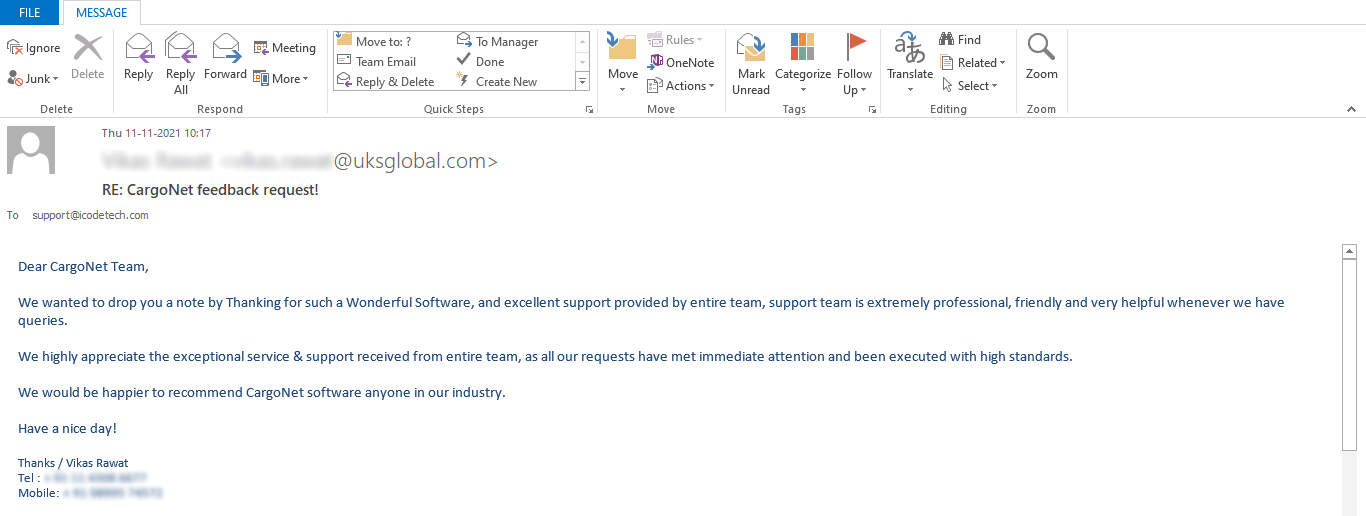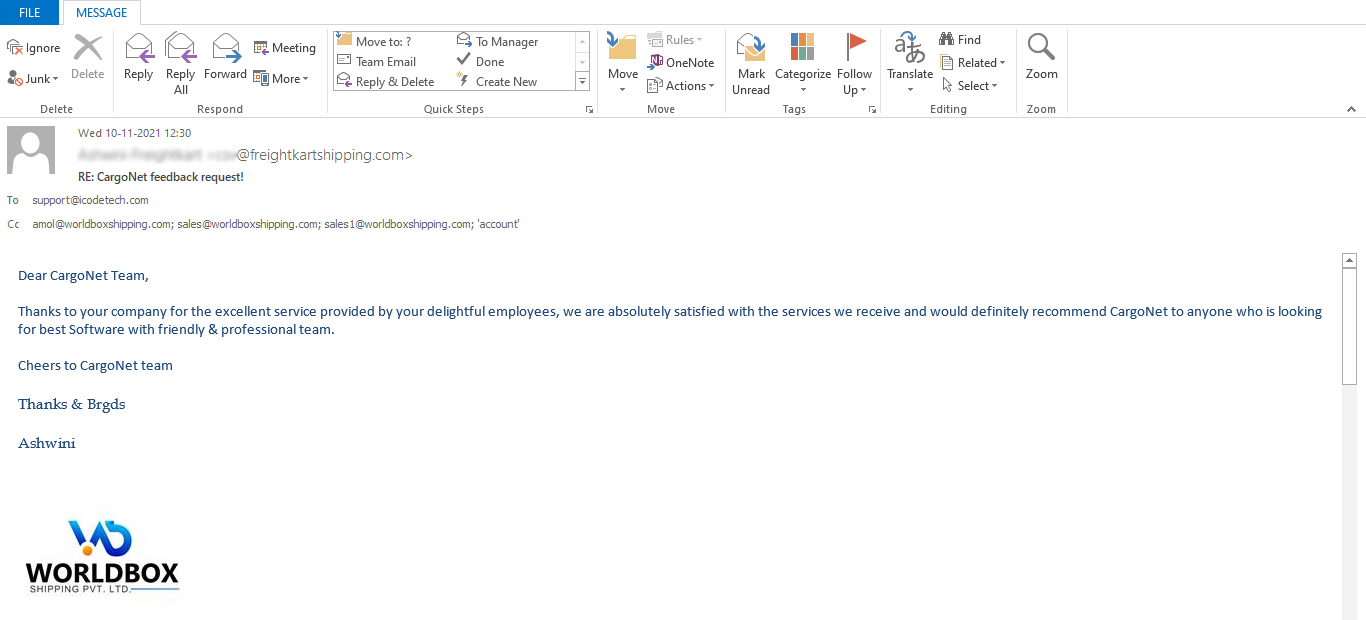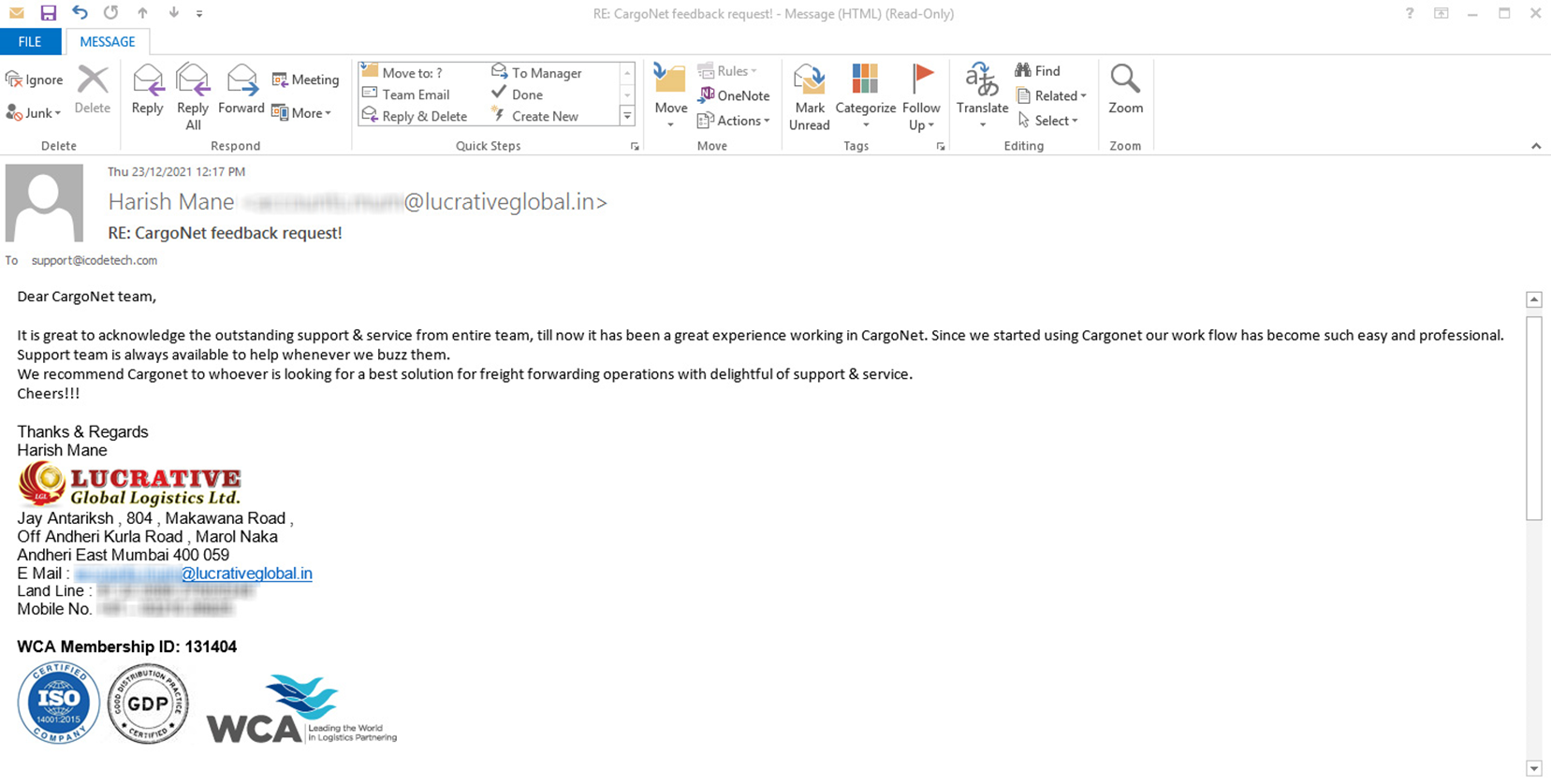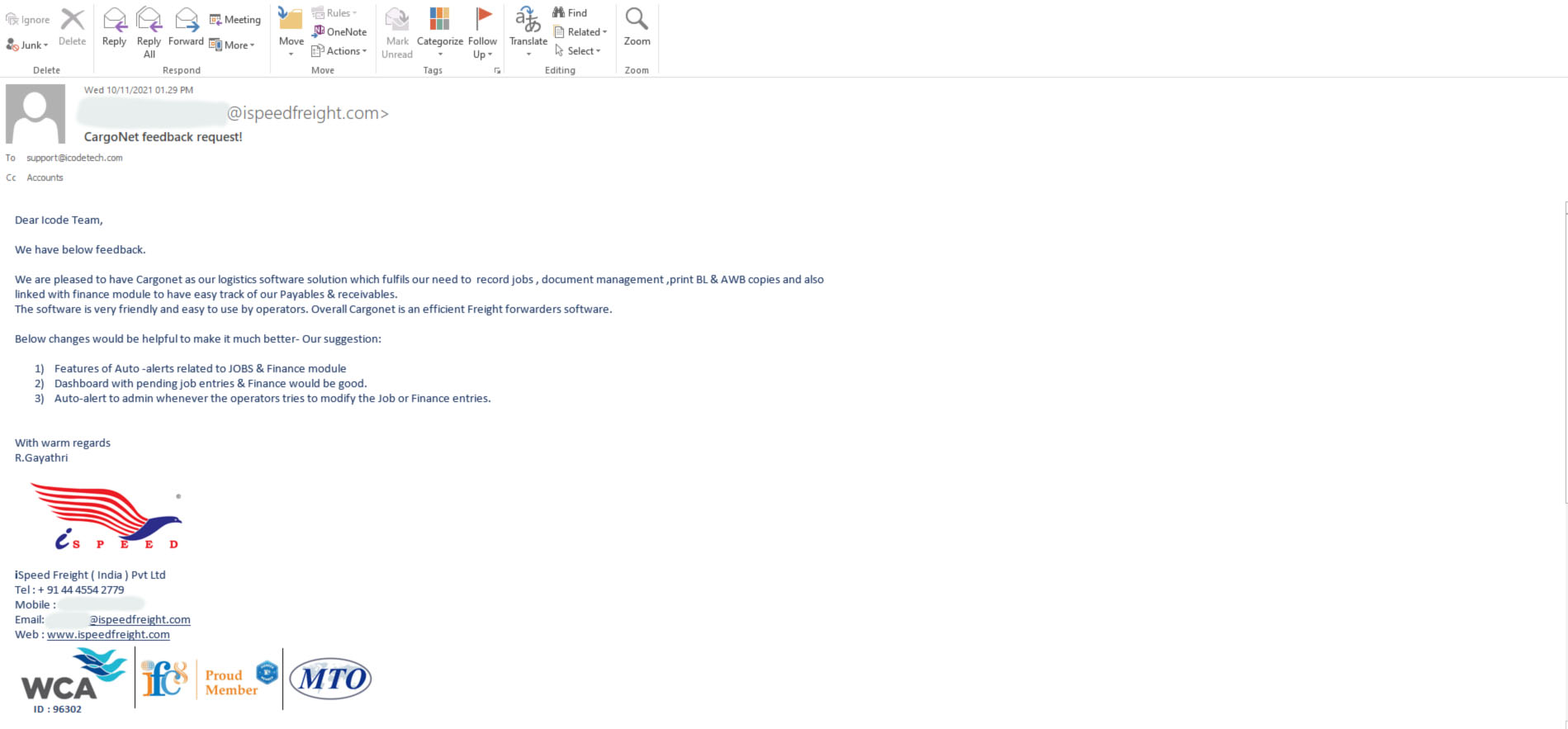Managing freight expenses efficiently is crucial for businesses striving to optimize logistics costs and maintain profitability. With the complexity of freight billing, manual invoice processing can result in costly errors, overcharges, and inefficiencies. To address these challenges, companies rely on Freight Payment Software and Freight Audit Software—two powerful solutions that enhance financial accuracy and control. While both play essential roles in freight cost management, they serve different functions. Understanding their differences is key to choosing the right tool for your business.
What is Freight Payment Software?
Freight Payment Software is a financial tool designed to automate and simplify freight invoice processing. It helps companies ensure timely payments to carriers, eliminate manual errors, and improve overall financial control.
Key Features of Freight Payment Software:
- Invoice Processing Automation: Digitizes and validates freight invoices, reducing manual data entry.
- Payment Scheduling: Ensures on-time payments to carriers, avoiding late fees.
- Cost Allocation & GL Coding: Assigns freight costs to the appropriate business units or cost centers.
- Integration with Accounting Systems: Syncs with ERP and accounting software for seamless financial management.
- Multi-Currency & Multi-Carrier Support: Manages global payments across different carriers and currencies.
What is Freight Audit Software?
Freight Audit Software is designed to verify and validate freight invoices before payment, ensuring accuracy and eliminating overcharges. It helps businesses detect billing discrepancies and optimize shipping costs.
Key Features of Freight Audit Software:
- Invoice Verification & Validation: Cross-checks invoices against shipping contracts, tariffs, and agreed rates.
- Error & Overcharge Detection:Identifies duplicate charges, incorrect tariffs, and billing errors.
- Dispute Management: Helps companies claim refunds and resolve discrepancies with carriers.
- Data Analytics & Reporting:Provides insights into cost-saving opportunities and carrier performance.
- Regulatory Compliance: Manages global payments across different carriers and currencies.
Key Differences: Freight Payment vs. Freight Audit Software
Feature
Freight Payment Software
Freight Audit Software
Primary Function
Automates invoice payment
Audits invoices for errors and discrepancies
Cost Savings
It avoids late fees and manual processing costs
Identifies overcharges and recovers incorrect payments
Accuracy Focus
Ensures payments are made on time
Ensures payments are accurate before processing
Data Analysis
Tracks payment trends and budgets
Identifies cost-saving opportunities
Dispute Management
Limited or no dispute handling
Actively resolves billing discrepancies
Which One Does Your Business Need?
- If your primary concern is automating and streamlining payments, Freight Payment Software is the best choice. It ensures seamless transactions and timely carrier payments.
- If you want to reduce freight costs by eliminating billing errors,Freight Audit Software is more suitable. It helps you identify discrepancies and recover overcharges.
- For a comprehensive solution,integrating both can provide complete financial control, from auditing invoices to making accurate and timely payments.
- Data Analytics & Reporting:Provides insights into cost-saving opportunities and carrier performance.
- Regulatory Compliance: Manages global payments across different carriers and currencies.
Conclusion
Freight Payment Software and Freight Audit Software are vital in logistics cost management. Choosing the right solution depends on your business needs—whether you prioritize automation and efficiency in payments or accuracy in invoice auditing. By implementing the right software, companies can enhance financial transparency, improve carrier relationships, and optimize overall logistics costs.

